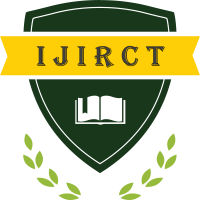Apprehending Concept, Canons and Types of Fasting in Buddhism
Author(s): Sandip T. Gaikwad
Publication #: IJIRCT1601028
Date of Publication: 21.01.2017
Country: India
Pages: 164-168
Published In: Volume 2 Issue 4 January-2017
Abstract
To fast is to “keep away from all or a few sorts of nourishment or drink, particularly as a religious observanceâ€. It has been practiced globally in different forms since the time of earliest civilizations and it is used for different commitments like religious, cultural, and political purposes. Recently, there has been renewed interest in fasting for its dietary and health benefits with advancements in technology and health awareness of people The fasting products food market is also establishing its roots in global food market.
Worldwide Buddhism have more than 500 million followers. It is considered as one of the major religion in world. Buddhism is the major faith in many Asian countries, counting Mongolia, Thailand, Sri Lanka, Myanmar, Laos, Bhutan, Cambodia, Vietnam and Taiwan. The quantity of Buddhist followers in India and china is also major contributor to overall Buddhist population of globe. There are many research going on effects and benefits of fasting specially in Ramadan (Islamic) fasting. Along with Islamic fasting other religious fasting are also been studied in detail all over the globe. Unexpectedly, there is no/very less research work is conducted in the field of Buddhist fasting. Possibly because of this many doctors and healthcare professionals are not aware about needs and challenges faced by the individuals particularly observing Buddhist fasting. It is essential to understand Buddhist fasting in better way. In this review paper, attempt is made to understand concept, importance, origin and different types of fasting in Buddhism along with its practices and rules.
Keywords: Buddhist Fasting, Vassa, The Middle Way, Nyungne, Upavasa, Anasana. Theravada, Mahayana, Vajrayana, Dhutanga.
Download/View Count: 451
Share this Article
